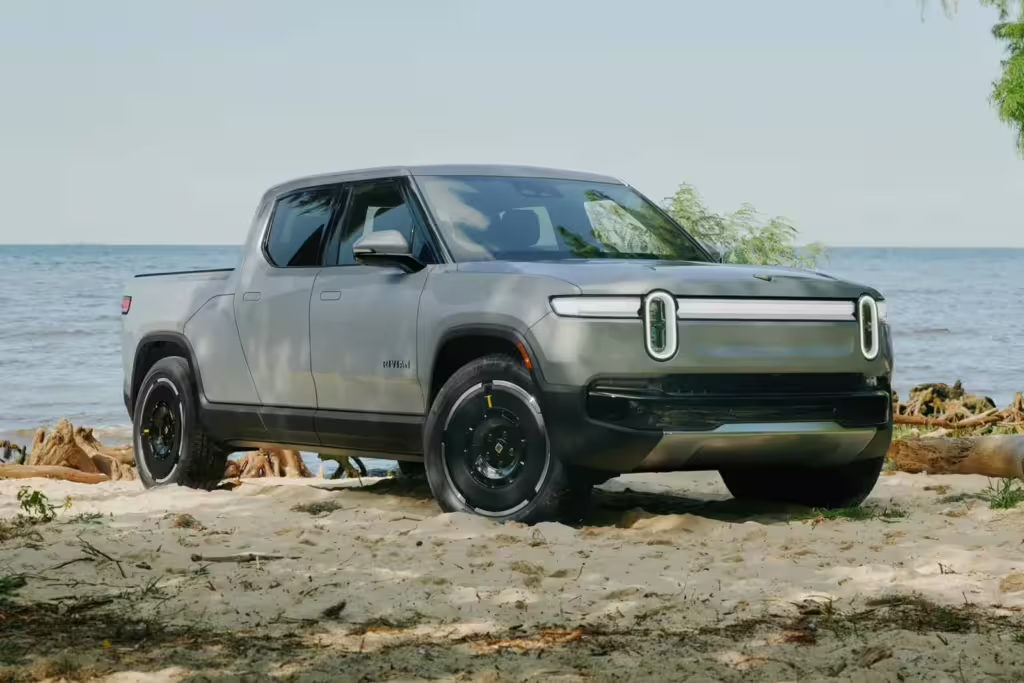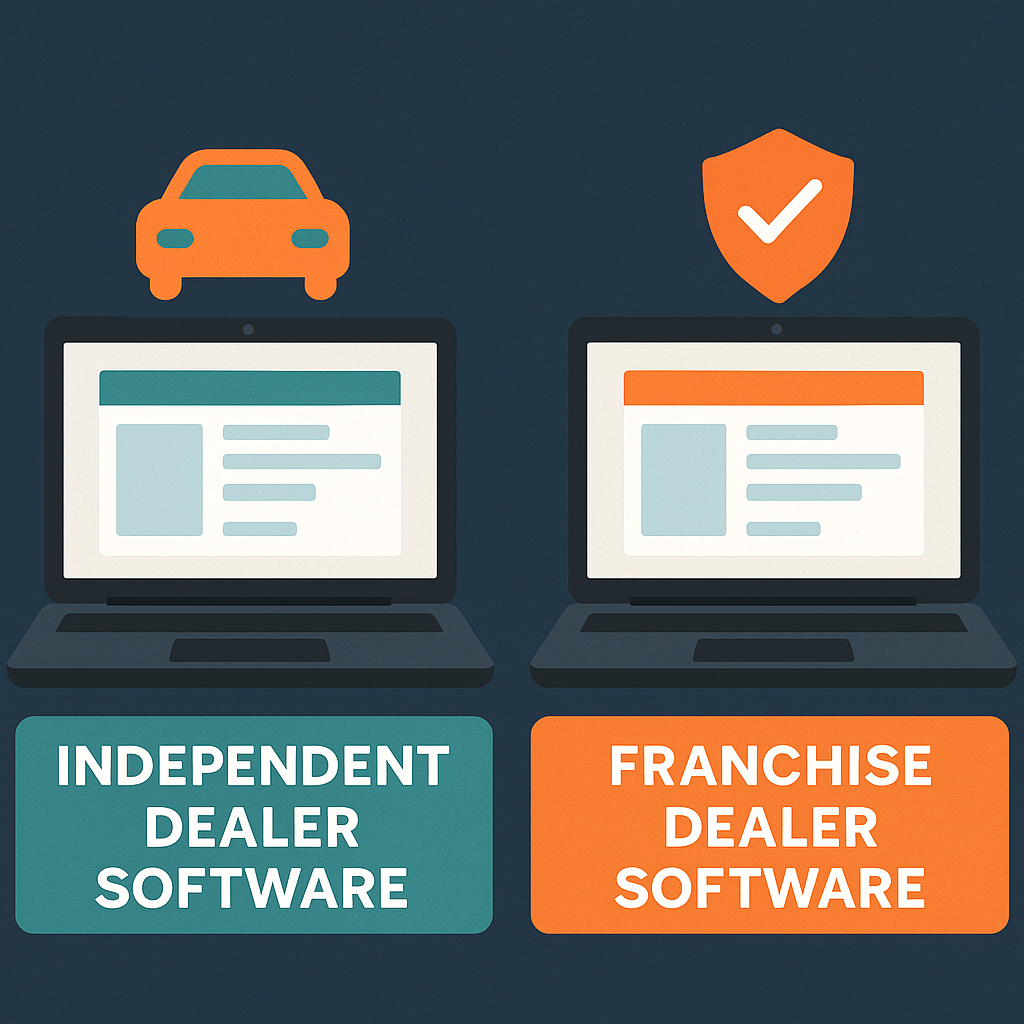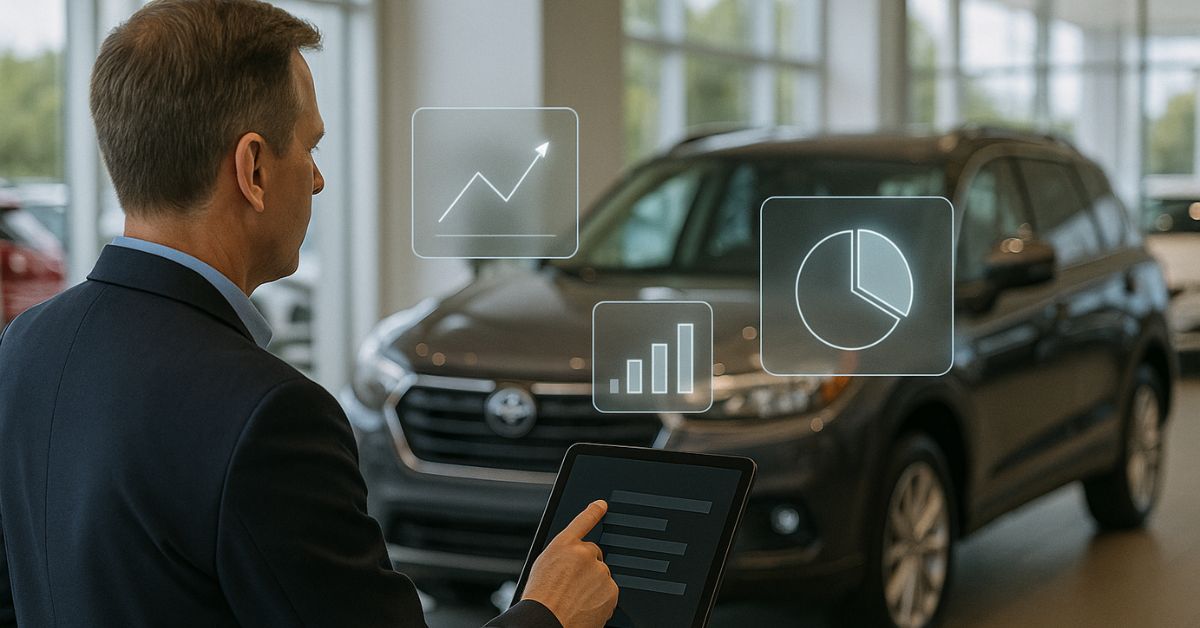The emergence of Rivian in the automotive industry offers a masterclass in both innovation and the harsh realities of disrupting a century-old industry. Since its founding in 2009 by RJ Scaringe, Rivian has transitioned from an ambitious startup to a significant player in the electric vehicle market, providing invaluable insights into the evolving automotive landscape. As we examine Rivian’s journey, we find lessons that resonate far beyond the EV sector, touching on fundamental aspects of manufacturing, brand building, and market strategy in the modern era.
First-Mover Advantage in Untapped Markets: A Strategic Gambit
While Tesla had already carved out a dominant position in the electric sedan market, Rivian’s strategic decision to target the premium electric truck and SUV segment proved prescient. The company identified a crucial gap in the market that traditional automakers had overlooked – the intersection of luxury, technology, and genuine off-road capability in the electric space. The R1T pickup truck and R1S SUV weren’t just new products; they represented a new category altogether. This move demonstrated that even in a mature industry, opportunities exist for new entrants who can identify and execute on unmet consumer needs. Industry analysts have noted that Rivian’s timing was particularly fortunate, as it preceded similar announcements from Ford (F-150 Lightning) and General Motors (Hummer EV), giving it a crucial head start in brand recognition and market positioning.
The Power of Strategic Partnerships: Beyond Traditional Auto Industry Boundaries
Rivian’s approach to partnerships has redefined how automotive startups can scale and succeed. The company’s landmark deal with Amazon, which included both a significant investment and an order for 100,000 electric delivery vans, provided more than just capital and guaranteed demand – it offered legitimacy in an industry where credibility is paramount. This partnership strategy extended beyond Amazon, with investments from Ford Motor Company (although the technical partnership was later dissolved) and other major players. These relationships demonstrated how new automotive companies could leverage partnerships not just for funding, but for manufacturing expertise, supply chain access, and market validation. The Wall Street Journal and other business publications have extensively covered how these partnerships helped Rivian maintain momentum during crucial development phases, even as other EV startups struggled or failed.
Manufacturing Reality Check: The Complex Dance of Scale and Quality
The transition from prototype to mass production has perhaps been Rivian’s most significant challenge and learning opportunity. Despite having strong financial backing and innovative products, the company’s experience at its Normal, Illinois facility highlighted the immense complexity of automotive manufacturing. Early production targets had to be revised multiple times, and the company faced significant challenges in ramping up output while maintaining quality standards. According to automotive industry reports, Rivian’s production challenges mirror those faced by Tesla during its Model 3 ramp-up, albeit on a different scale. These difficulties have underscored a crucial lesson: automotive manufacturing excellence requires more than just technological innovation – it demands mastery of complex supply chains, precision engineering, and sophisticated quality control systems. The company’s journey from producing a few vehicles per day to achieving thousands per quarter offers valuable insights into the realities of scaling production in the modern automotive industry.
Brand Building in the Digital Age: Rewriting the Marketing Playbook
Rivian’s approach to brand building represents a significant departure from traditional automotive marketing strategies. Rather than relying on extensive dealer networks and conventional advertising, the company built its brand through digital engagement, community building, and experiential marketing. Their focus on sustainability and adventure lifestyle resonated particularly well with affluent, environmentally conscious consumers. Marketing analysts have noted how Rivian’s approach to brand building more closely resembles that of technology companies than traditional automakers. The company’s success in creating a strong brand identity without traditional advertising demonstrates how digital platforms and authentic storytelling can build passionate customer bases in the automotive sector. Their reservation system, which generated significant pre-orders before production began, showed how direct-to-consumer models could work effectively in the automotive space.
The Capital Intensity Challenge: Setting New Benchmarks
The financial demands of bringing new vehicles to market have set new benchmarks for automotive startups. Despite raising over $10 billion through its IPO and several billion more through private funding rounds, Rivian’s experience showed that even this level of capitalization might not be sufficient for long-term success in the automotive industry. Financial analysts and industry observers have noted that Rivian’s capital requirements have exceeded initial projections, highlighting the intense financial demands of automotive manufacturing. This experience has led to more realistic expectations about the resources needed for new entrants to compete in the automotive space, with some analysts suggesting that future automotive startups might need even more capital than previously thought.
Innovation Beyond the Vehicle: Rethinking the Automotive Ecosystem
Rivian‘s impact extends beyond vehicle design and manufacturing. Their vertical integration strategy, including charging infrastructure (the Rivian Adventure Network), direct-to-consumer sales model, and integrated software ecosystem, has influenced how both startups and established automakers view the future of mobility. Industry publications have noted how Rivian’s approach to creating a comprehensive ownership experience has pushed traditional automakers to reconsider their own customer experience strategies. The company’s investment in charging infrastructure specifically designed for adventure destinations showed how EV manufacturers could differentiate themselves through ecosystem development rather than just vehicle features.
Looking ahead, Rivian’s journey continues to provide valuable lessons about innovation, resilience, and the evolving nature of the automotive industry. While significant challenges remain, including increasing competition from established automakers and other EV startups, the company has demonstrated that with the right combination of vision, capital, and execution, new entrants can indeed disrupt the traditional automotive landscape. These lessons will likely influence the next generation of automotive innovators as the industry continues its electric transformation.






